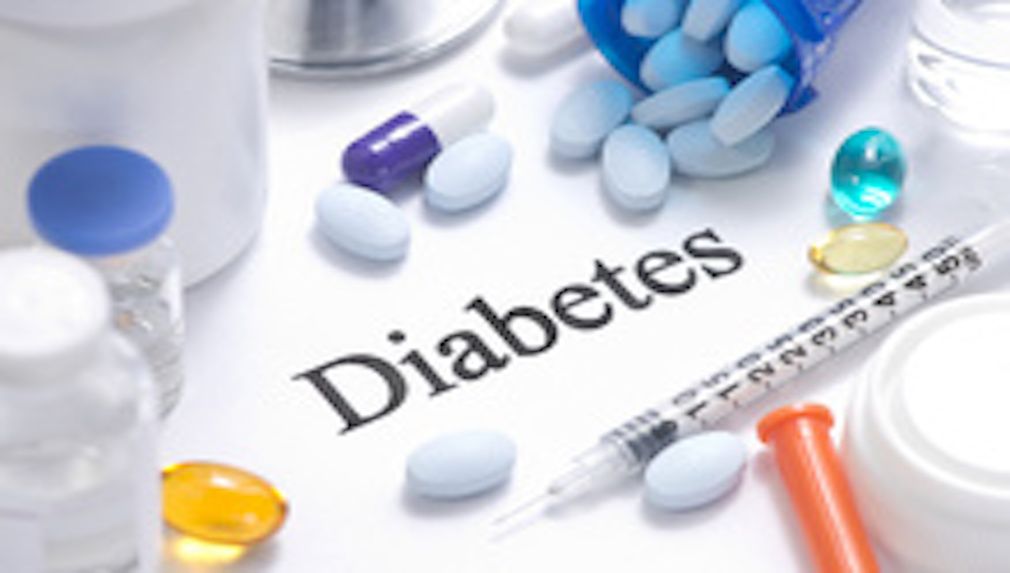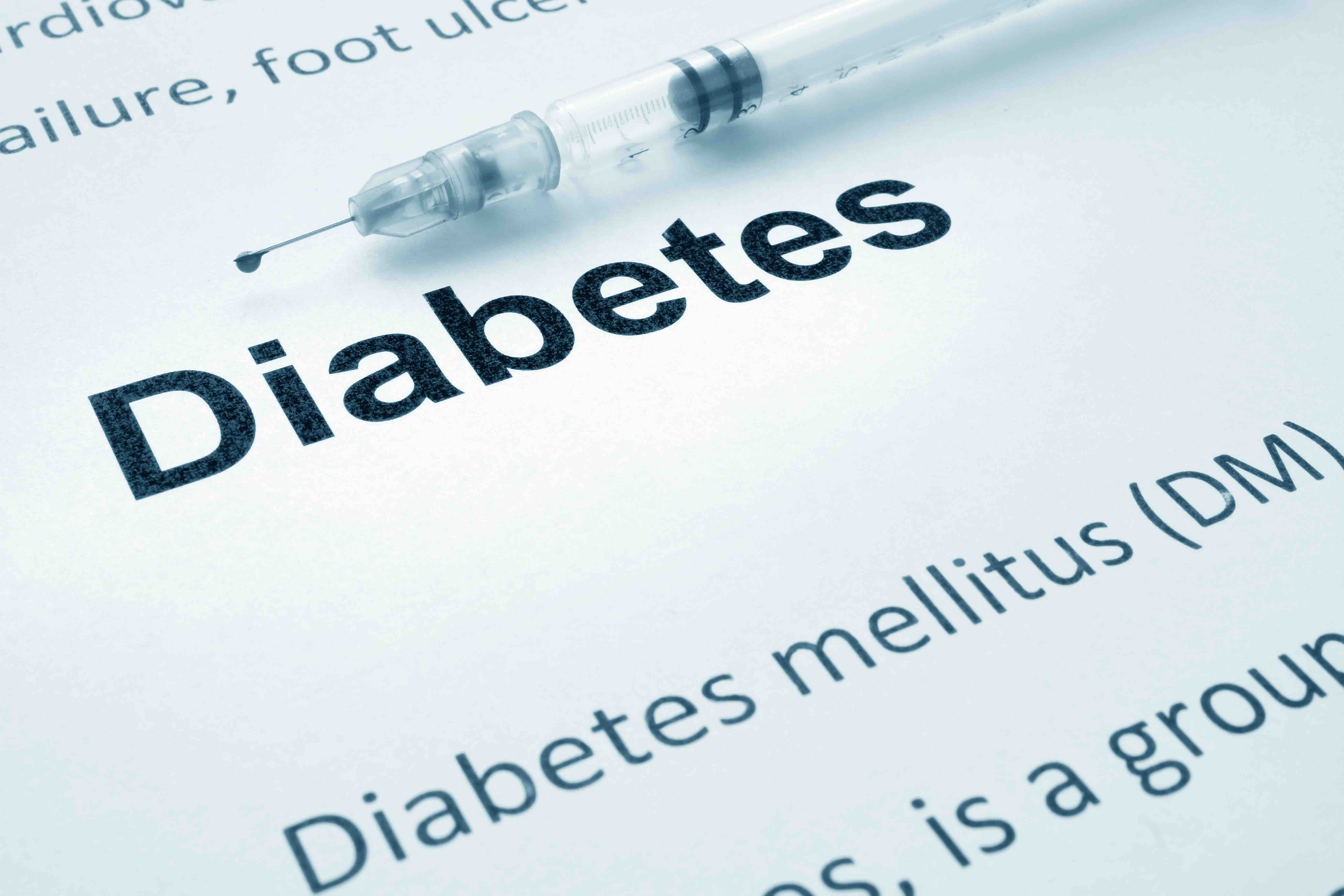Article
Lancet: Global Diabetes Population Reaches 422M; Most New Cases in Low- and Middle-Income Countries
Author(s):
While this study focused on calculating the global burden of diabetes, it comes as advocacy groups are stepping up calls for soda taxes marketing limits to rein in the effect of unhealthy food and drink on poor countries.
The adult population with diabetes worldwide reached 422 million in 2014, which is 4 times the number who had the disease in 1980. Diabetes increasingly affects people in Asia and poorer nations and its impact is expected rise due to population growth and aging, according to an analysis published today in the British journal Lancet.1
While the report from the NCD Risk Factor Collaboration, supported by the Wellcome Trust, said public health leaders seek to slow the rate of new diabetes cases to 2010 levels by 2025, that seems a lofty goal given current trends.
Researchers, in fact, said there was about a 1% chance of this happening for among both women and men. “Only 9 countries for men and 29 countries for women, mostly in western Europe, have a 50% or higher probability of meeting the global target,” they wrote.
The team made its calculation by pooling data from population-based studies on diabetes from around the globe, with the disease defined a fasting plasma glucose measuring 7.0 mmol/L or higher, a diagnosis of diabetes, or use of insulin or oral antidiabetic therapy.
Age-adjusted diabetes was lowest in northwest Europe, and highest in Polynesia and Micronesia, where rates reach 25%, followed by Malaysia, the Middle East, and North Africa. Women in across continental Europe saw little increase in age-adjusted disease even as raw rates rose as the population aged. But this was not true elsewhere.
In American Samoa, more than 30% of both men and women had diabetes, and the age-adjusted rates exceed 25% on other islands in the region.
Overall rates of diagnosed diabetes in the United States are around 8.9%; estimates including undiagnosed cases rise to 12.3%. There is great variation by state, however; rates of diagnosed diabetes exceed 11% in several Deep South states, while Western Mountain states like Colorado and Utah have rates around 7%.
 “No country had a statistically significant decrease in diabetes prevalence from 1980 to 2014, although the relative increase over these 35 years,” researchers wrote, although incidence rose more slowly, at less than 20%, in 9 countries for men and 39 for women.
Since that time, CDC announced in late December that the United States saw its first decline in new diabetes cases in a generation, but the good news was uneven–the decline came from whites and the well-educated, while the poor and minorities continue to be hit hard by the disease.
While the Lancet report focused on presenting data, it comes as advocacy groups are turning up the heat on soda and food corporations for marketing salty, fatty, and sugary products to the poor around the world, as better-educated consumers in the United States and northern Europe become more savvy about eating healthy. Groups include the Center for Science in the Public Interest in the United States, and the World Health Organization (WHO) on an international level.
In January 2016, WHO called for soda taxes, marketing limits, and other global efforts to reverse trends of childhood obesity, which leads to diabetes.
Reference
NCD Risk Factor Collaboration. Worldwide trends in diabetes since 1980: a pooled analysis of 751 population-based studies with 4·4 million participants [published online April 6, 2016]. Lancet.  http://dx.doi.org/10.1016/ S0140-6736(16)00618-8.





